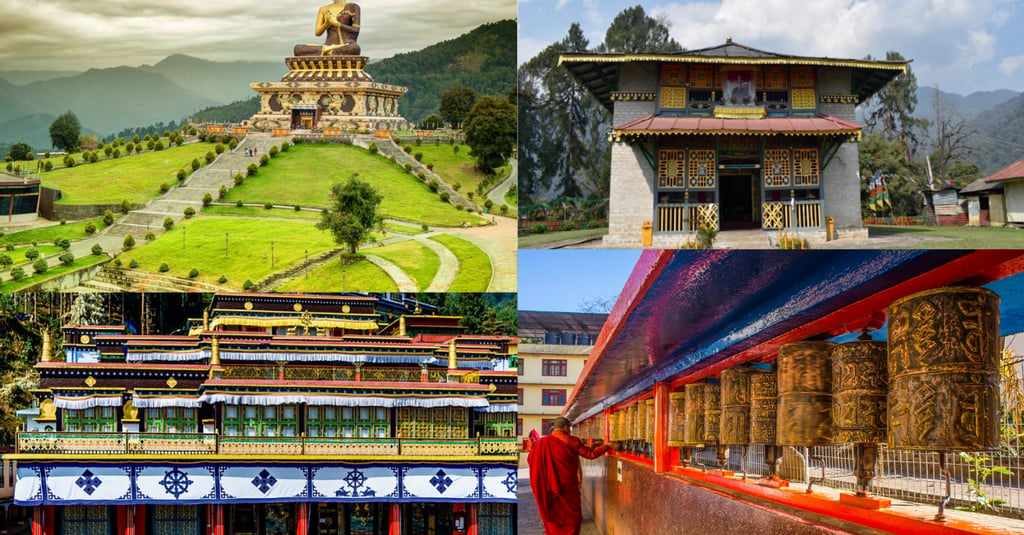Centre boosts heritage conservation efforts in Sikkim with year-wise cultural projects
In 2020-21, no major conservation work could be undertaken due to COVID-19 restrictions.
LOCAL


The Government of India has made significant progress in preserving and promoting the cultural heritage of Sikkim over the past five years. As revealed in a recent response by the Ministry of Culture to a Rajya Sabha query raised by MP Dorjee Tshering Lepcha, several projects have been undertaken since 2020 to improve accessibility, awareness, and conservation of cultural sites in the Himalayan state.
Sikkim is home to three centrally protected monuments maintained by the Archaeological Survey of India (ASI): the Dubdi Monastery, the Rabdentse Ancient Capital, and the Coronation Throne at Norbugang. These monuments hold deep historical and spiritual value and attract both tourists and local visitors.
In 2020-21, no major conservation work could be undertaken due to COVID-19 restrictions. However, from 2021 onwards, the government resumed restoration activities with renewed focus. In 2021-22 alone, more than ₹89 lakh was spent on key infrastructure upgrades: the pathway to Dubdi Monastery was restored (₹18 lakh), major structural repairs and road connectivity were improved at Rabdentse (₹49.35 lakh), and the Coronation Throne at Norbugang was restored (₹21.87 lakh).
The following year, 2022-23, saw the installation of a flag mast at the Rabdentse site (₹4.96 lakh), continuing the theme of gradual development. In 2023-24, repair and maintenance efforts intensified. Around ₹46 lakh was invested in structural repairs and development at Rabdentse and the Coronation Throne.
Most recently, for the ongoing financial year 2024-25, ₹49.45 lakh has already been spent for extensive structural strengthening, restoration, and upgrading works at the Rabdentse Ancient Capital. This continues to underline the Centre’s commitment toward protecting Sikkim’s ancient architectural treasures.
Apart from physical conservation, the Ministry has also been promoting awareness and education around these sites. Various cultural programs like photo exhibitions, art competitions, heritage walkthroughs, and interactive sessions with locals have been organized around significant days such as World Heritage Day, World Tourism Day, International Yoga Day, and the International Day of Non-Violence.
In terms of digital and technological outreach, the Ministry has supported the establishment of an Innovation Hub at the Sikkim Science Centre in Gangtok, which is under the National Council of Science Museums (NCSM), Kolkata. A total of ₹21.97 lakh has been allocated to the Innovation Hub between 2021 and 2024 as recurring funds. This initiative aims to create interactive learning experiences and raise interest among the youth in science, culture, and heritage through hands-on exhibits and workshops.
Interestingly, the emphasis is not just on protecting historical structures but also on involving the community, especially school children, to develop a deeper understanding of their heritage. This people-centric approach ensures that heritage preservation is not a top-down effort but a shared responsibility.
With its deep-rooted Buddhist traditions, unique architectural legacy, and vibrant local culture, Sikkim has always stood out in India's cultural map. Through focused government intervention and year-wise conservation planning, these treasured sites are now being better protected and promoted.
